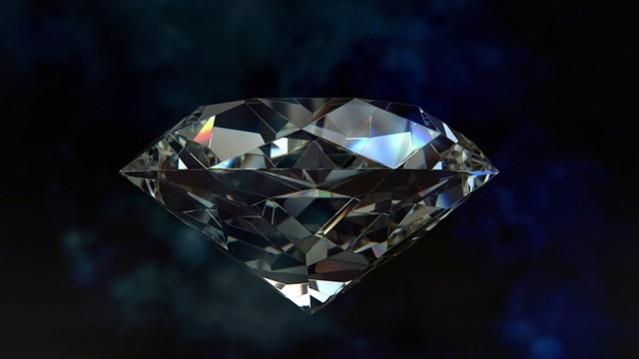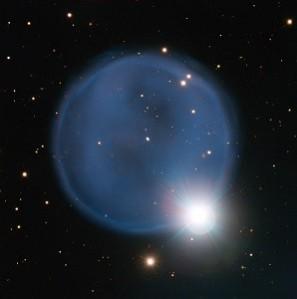
Diamonds are famously known to be both rare and "forever". Both of those supposedly well-known facts are, as it turns out, not true at all.
New research by a team from MIT, Harvard, and Berkeley has found that there is a lot more diamond in the planet than once believed. A quadrillion tonnes, or about a 1,000 trillion tonnes of diamond is buried below the Earth, but it is out of reach to humans. At about 120 to 150 km below the surface, it is out of reach of even the best drills available right now.
That means there are more diamonds than gold on the planet. According to a BBC report, there is only 2.5 million tonnes of the shiny metal in the world.
"This shows that diamond is not perhaps this exotic mineral, but on the [geological] scale of things, it's relatively common," said Ulrich Faul, of MIT's Department of Earth, Atmospheric, and Planetary Sciences.
"We can't get at them, but still, there is much more diamond there than we have ever thought before."

This massive stash of diamonds are stored in rock formations called cratons. Cratons form as a result of tectonic plate movement. Similar to the way mountains happen as a result of tectonic movement and are pushed up, cratons are pushed down. They can be likened to inverted mountains and can go as deep as 200 miles, says MIT. At the very bottom of these cratons lie the diamond "roots". The study found that diamonds likely make up about 1 to 2 percent of croton roots.
As to how this find was made, the tech is similar to what is used to detect and measure seismic activity, or earthquakes. Seismic data can also be used to effectively see inside Earth, similar to an ultrasound scan.
Sound travels faster in more dense material than light materials, so its speeds vary according to the composition, temperature, and density of rocks below the surface. By comparing the way sound travels and bounces back, scientists can accurately find what rock lies beneath the surface and at what depth they lie.
The study was published by the American Geophysical Union.

















